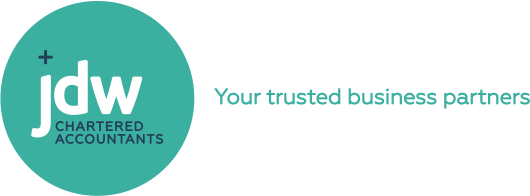GST Record Keeping Changes 2023
From 1 April 2023, record keeping will be simpler and more flexible for Goods and Services Tax.

From 1 April 2023, record keeping will be simpler and more flexible for Goods and Services Tax. If you are already compliant the current rules around record keeping, then you will already be compliant with the new rules.
Out with Invoices?
The term “taxable supply information” replaces “tax invoice”. You can continue to use the term “tax invoice” on documents, but you could choose to rename them “taxable supply information” or not name them at all!
The term “supply correction information” replaces “debit note / credit note”. The term “buyer-created taxable supply information” replaces “buyer created invoice”.
The important thing is that you keep the relevant amount of information, depending on the value and type of supply.
$200 or Less
Keep a record of:
- Seller’s name or trade name
- Date of invoice, or time of supply
- Description of good or services
- Total amount payable
This may be as simple as a till receipt. Sellers are not required to provide taxable supply information.
More than $200 up to $1,000
Keep a record of:
- Seller’s name or trade name
- Seller’s GST number
- Date of invoice, or time of supply
- Description of good or services
- Total amount payable
- Amount of GST included in the sale price
Seller must prove taxable supply information within 28 days of a buyer’s request for supplies over $200.
More than $1,000
Keep a record of:
- Seller’s name or trade name
- Seller’s GST number
- Date of invoice, or time of supply
- ü Description of good or services
- Total amount payable
- Amount of GST included in the sale price
- Information to identify the buyer
Second Hand Goods
Often this will be a purchase from an unregistered seller, so there is a slight variation to the information required:
- Seller’s name or trade name
- Seller’s address
- Date of supply
- Description of good
- Quantity or volume of goods
- Total amount payable
Certain Imported Goods and Services
This doesn’t apply to low value imported goods.
- Seller’s name or trade name
- Seller’s address
- Date of invoice, or time of supply
- Description of goods or services
- Total amount payable
- Amounts that represent salary/wages or interest
Conclusion
The changes may help businesses, by being more flexible and allowing for e-invoicing and other electronic documents to replace the traditional invoice. But the de-standardisation of taxable supply information may add extra complication for compliance, if your suppliers don’t provide enough of the required details in their original documentation. This can be rectified by requesting additional information from the supplier.
Fortunately, if you are already compliant with current tax invoices then you don’t need to change any of your systems or forms.
- Serena Irving
Serena Irving is a director in JDW Chartered Accountants Limited, Ellerslie, Auckland. JDW is a professional team of qualified accountants, auditors, business consultants, tax advisors, trust and business valuation specialists.
Download a PDF version here or contact the author by email. Like our Facebook page for regular tips.
An article like this, which is general in nature, is no substitute for specific accounting and tax advice. If you want more information about the issues in this article, please contact your adviser or the author.


Contact Us
Office Location: 127 Main Highway, Ellerslie, Auckland 1051, New Zealand
Postal Address: PO Box 11053, Ellerslie, Auckland 1542
Phone: (09) 579 7096
Email: results@jdw.co.nz


